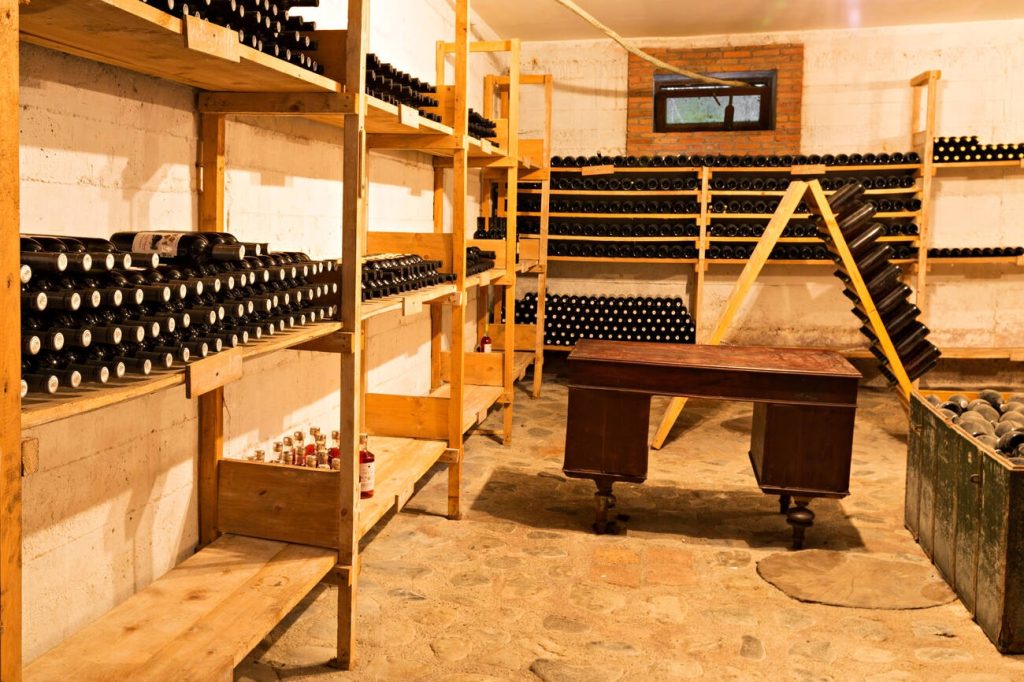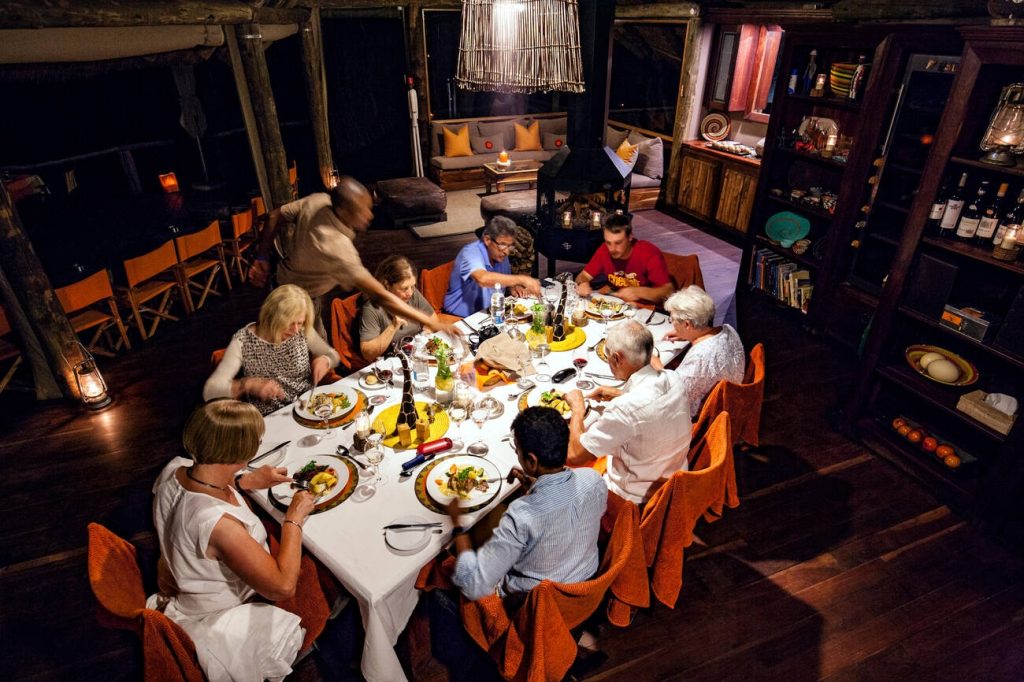Step into the world of wineries, where wine is crafted and stories are savored. In this article, you will uncover the secrets behind these fascinating establishments that dot the landscape of the United States. From regulations to business strategies, we will dive deep into the heart of winemaking. But it doesn’t stop there – we’ll also explore how wineries become captivating tourist attractions that draw in visitors from far and wide. So grab a glass and join us on this journey to understand the winery in all its glory.
Contents
- Definition and Purpose of Wineries
- Types of Wineries and Their Locations
- Winery Regulations and Compliance
- The Business Side of Wineries
- Wineries as Tourist Attractions
- Translations and Pronunciation of “Winery
- Introduction to Wine Tourism
- Characteristics of Wine Tourists
- Motivations and Expectations of Wine Tourists
- Impact and Sustainability of Wine Tourism
Definition and Purpose of Wineries
If you want to understand wineries, it’s important to know that they are places where wine is produced, typically from grapes. A winery can be defined as a facility where the entire process of wine production takes place, from grape cultivation and harvesting to fermentation and aging. Wineries play a vital role in the wine industry as they are responsible for creating and bottling different varieties of wines. They often have vineyards on-site or source grapes from local growers. Wineries can vary in size, ranging from small family-owned operations to large commercial establishments. The atmosphere in a winery is usually relaxed and inviting, with tasting rooms where visitors can sample different wines and learn about the winemaking process. Some wineries also offer guided tours and special events for enthusiasts who want to delve deeper into the world of wine. Overall, wineries are fascinating places that showcase the artistry and craftsmanship behind every bottle of wine produced.
Types of Wineries and Their Locations
When planning your winery visit, consider the different types of wineries and their locations. Wineries meaning places where wine is produced, can vary in size and style. Some wineries are large commercial operations with extensive vineyards and state-of-the-art facilities. These wineries often offer guided tours, wine tastings, and even events like concerts or festivals. On the other hand, there are smaller boutique wineries that focus on producing limited quantities of high-quality wines. These wineries may have more intimate tasting rooms and provide a more personalized experience for visitors. Additionally, wineries can be found in various regions around the world, each offering unique terroir and flavors. Whether you prefer a sprawling vineyard estate or a cozy family-run operation, researching the different types of wineries will ensure that you find the perfect destination for your wine tasting adventure.
Winery Regulations and Compliance
When visiting wineries, you should be aware of the regulations and compliance requirements that govern their operations. These rules are in place to ensure the safety and quality of the wines produced. Wineries must adhere to specific guidelines regarding advertising, food service, record keeping, and operating hours. They may also have provisions for winery tours and visits, offering a deeper insight into their grounds and production processes. Collaboration between wineries is common, with tasting stations and wine flights being offered to enhance the visitor experience. It’s important to note that running a winery involves coordinating harvests and managing various aspects of the business. However, wineries can make a significant impact by uniting behind causes and contributing to the local economy and tourism industry.
The Business Side of Wineries
To successfully run a winery, you’ll need to coordinate harvests, manage various aspects of the business, and ensure a strong collaboration among other wineries in order to have a significant impact on the local economy and tourism industry.
- Coordinate Harvests: Timing is crucial when it comes to harvesting grapes for wine production. You’ll need to work closely with your team to determine the ideal time for picking the grapes based on their ripeness and sugar levels.
- Manage Various Aspects of the Business: Running a winery involves more than just making wine. You’ll also need to handle marketing, sales, distribution, customer relations, and financial management. It’s important to have a clear understanding of each aspect and be able to effectively juggle multiple responsibilities.
- Ensure Collaboration Among Wineries: By collaborating with other wineries in your region, you can create a stronger presence and attract more tourists. This can be done through joint marketing campaigns, events, or even sharing resources and knowledge. Working together will not only benefit your own winery but also contribute to the overall growth of the local wine industry.
- Impact on Local Economy and Tourism Industry: A successful winery can bring significant economic benefits to its surrounding community. By attracting tourists who are interested in wine tasting experiences, you can stimulate local businesses such as restaurants, hotels, transportation services, and souvenir shops. Additionally, increased tourism can lead to job creation and overall economic development in the area.
Wineries as Tourist Attractions
If you’re looking for a unique and enjoyable tourism experience, wineries can offer more than just wine tasting, such as guided tours and picnic lunches. Wineries attract tourists who are interested in wine production and tasting. Many wineries are located in regions where multiple wineries are within walking distance of each other. Nearby wineries can provide a unique experience for visitors. Wineries can be part of a broader tourism itinerary in certain regions.
| Benefits | Experience |
|---|---|
| Guided Tours | Learn about the winemaking process |
| Picnic Lunches | Enjoy a scenic outdoor meal |
| Beautiful Vineyards | Take memorable photos |
| Wine Education | Expand your knowledge of different wines |
| Relaxing Atmosphere | Unwind and enjoy the peaceful surroundings |
Translations and Pronunciation of “Winery
If you’re planning to travel internationally and visit wineries, it can be helpful to know the translations and pronunciations of the word ‘winery’ in different languages. Here are some translations and pronunciations for your reference:
- In Chinese: ‘釀酒廠’ (Traditional) or ‘酿酒厂’ (Simplified)
- In Portuguese: ‘vinícola’
- Pronunciation in UK English: /ˈwaɪ.nər.i/
- Pronunciation in US English: /ˈwaɪ.nɚ.i/
Knowing these translations and pronunciations can make it easier for you to communicate when visiting wineries abroad. It shows respect for the local language and culture, and can enhance your overall wine-tasting experience. So, whether you’re exploring vineyards in China or enjoying a vinícola tour in Portugal, now you have a better understanding of how to say ‘winery’ in different languages. Cheers!
Introduction to Wine Tourism
Since the early 1980s, wine tourism has been a popular industry in Europe, North America, and Australia. As a wine tourist, you have the opportunity to explore beautiful vineyards, taste exquisite wines, and immerse yourself in the rich culture of winemaking. Wine routes have been created to connect tourism and wine production, allowing you to visit multiple wineries within walking distance of each other. Beyond wine tasting, some wineries offer guided tours of their grounds and even provide picnic lunches for a unique experience. Whether you are interested in learning about the process of wine production or simply enjoying the breathtaking scenery of vineyards, wine tourism offers a wide range of activities for every enthusiast. So pack your bags and get ready to savor the flavors and traditions of the world’s finest winemaking regions.
Characteristics of Wine Tourists
Wine tourists have diverse motivations and expectations, including tasting wine, exploring wine regions, and meeting producers. When you embark on a wine tourism journey, here are four things to keep in mind:
- Tasting Wine: As a wine tourist, one of your main goals is to indulge in the flavors and aromas of different wines. From bold reds to crisp whites, each sip offers a unique experience.
- Exploring Wine Regions: Wine tourism allows you to immerse yourself in the beauty of vineyards and picturesque landscapes. Take the time to explore the terroir that gives each wine its distinct character.
- Meeting Producers: Interacting with winemakers and vineyard owners adds depth to your experience. Learn about their passion, techniques, and stories behind their wines.
- Discovering Hidden Gems: Wine regions often have hidden gems waiting to be uncovered. Whether it’s a charming boutique winery or a unique cultural event, be open to unexpected delights along your wine tourism journey.
Motivations and Expectations of Wine Tourists
When you embark on a wine tourism journey, your motivations and expectations may include tasting different wines, exploring picturesque wine regions, and meeting passionate producers. You are excited to try a variety of wines, from rich reds to crisp whites, and discover new flavors that tantalize your taste buds. As you visit different wineries, you are captivated by the stunning landscapes of vineyards stretching before you, creating a sense of tranquility and beauty. You eagerly anticipate learning about the winemaking process from the dedicated producers who pour their heart and soul into every bottle. Your goal is not just to taste wine but to gain insight into the artistry behind it. By immersing yourself in the world of wine tourism, you hope to deepen your appreciation for this ancient craft while enjoying unforgettable experiences along the way.
Impact and Sustainability of Wine Tourism
Now that you have learned about the motivations and expectations of wine tourists, let’s explore the impact and sustainability of wine tourism. Take a look at these key points:
- Wine tourism has a positive impact on local economies, contributing to economic and social support in wine-producing regions.
- It can lead to the development of tourism infrastructure and services, enhancing the visibility and reputation of wine regions.
- Wine tourism creates job opportunities and stimulates local businesses, benefiting the overall economy.
- Additionally, wine tourism is strongly linked to the local environment, incorporating elements such as food, drink, history, traditions, architecture, landscape, and atmosphere.
Understanding the impact and sustainability of wine tourism highlights its potential to not only boost economies but also create authentic experiences rooted in the local environment. By supporting wine tourism initiatives in these regions, you can contribute to their long-term growth and prosperity.




